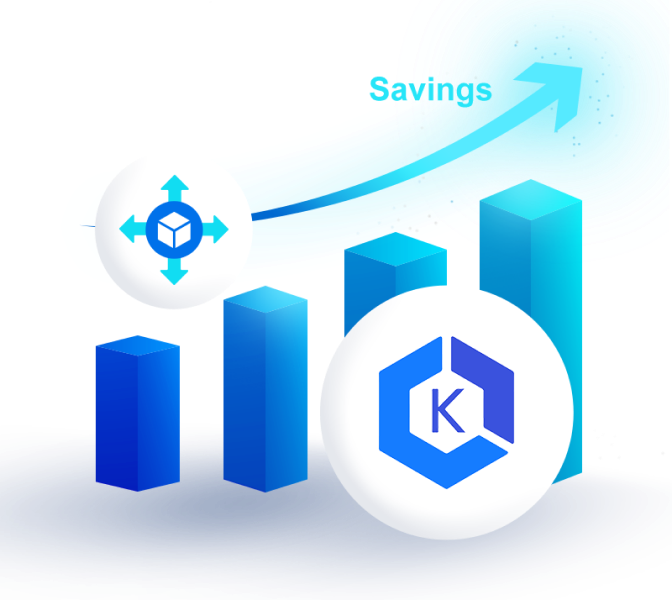Five Things to Consider When Using AWS Spot Instances
AWS Spot Instances allow users to benefit from spare capacity in the cloud. AWS sells the spare capacity through a concept known as Spot pricing. Because spare capacity is subject to interferences, AWS has heavy discounts on Spot prices.
Here are five things a cloud engineer should consider when using AWS Spot Instances:
1. Spot Allocation Strategy
Your Spot allocation strategy will be the most important factor to consider when using AWS Spot Instances. Users must know when to use them and when not.
There are several Spot allocation strategies. Auto scaling is one of them. With auto scaling, you can scale Spot fleets automatically. So when your workload rises, AWS assigns more resources for optimal performance. The AWS Auto Scaling feature is more effective than scaling manually.
Autoscaling isn’t just about performance, though. It is also about discount prices. Auto scaling tools can help in the selection of the most relevant Spot Instance at the lowest price.
2. Spot Integrated Services
AWS users should also consider third-party services and AWS spot integrated services. While most AWS services integrate with Spot fleets, not all third-party services integrate with Spot Instances. Ensure that the provider is a premier partner with several AWS competencies.
Consider using AWS services, such as EMR integration and Amazon ECS integration. Both tools help in discounting AWS offers.
AWS Batch integrated services help you run multiple loads at once hence reducing your Spot Instance costs.
3. Rightsizing Instances for Optimal Performance
Rightsizing Spot Instances is one way to guarantee performance. It also helps to optimize resources.
Third-party tools can use data from AWS CloudWatch to rightsize instances for you. With automation tools, there’s no need to analyze old historical data.
AWS users should also consider their cloud environments while rightsizing Spot Instances.
Ask yourself the following questions. Are you in the development, testing, or production stage? Do you want a predictable EC2? Do you have a temporary or permanent workload? Cloud users should assess answers to all these questions when dealing with Spot Instances.
4. Availability
Spot Instances aren’t always available when you need them. As a result, you can’t rely on them for long-term purposes. You’ll need a backup plan.
You can use them alongside On-Demand or Reserved Instance pricing. This way, when there is an interruption of a Spot Instance, you can continue the operation with other EC2 types.
AWS users should also consider how availability affects performance. If you lose availability in the middle of a crucial process, the output may be subpar. You should also check whether your availability zone supports Spot Instances. Presently, you can launch Spot fleets in 21 AWS regions.
5. Competitive Advantages
While using Spot Instances, you should link them to the overall goal of your cloud applications. Are you focusing more on performance or costs? An engineer who focuses on performance will pay anything to make sure it is the best. On the other hand, an engineer who focuses on costs can forget to optimize performance.
Both performance and costs are essential competitive differentiators in the market. Spot Instances will help you cut development costs and launch lower prices, which gives you a competitive edge.
The Bottom Line
Why should you use On-Demand Instances when you can use Spot Instances? The nOps Spot Advisor identifies opportunities where users can shift from On-Demand pricing to Spot pricing. The Spot Advisor also computes your total cost savings when you accept the option of buying a Spot Instance. Learn more about how the nOps Spot Advisor can help you cut On-Demand prices by 90 percent.






